
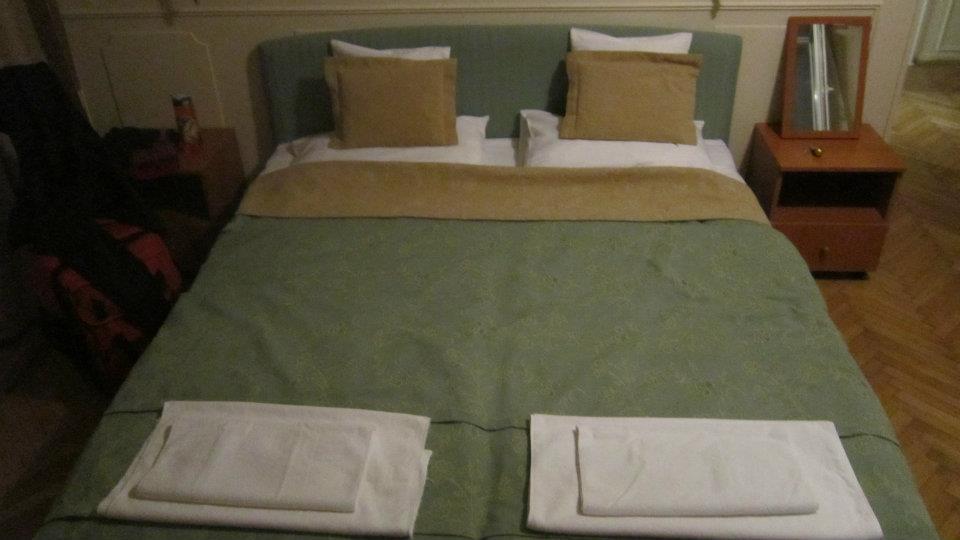

May 9th 2012
We got up at 8 a.m. and had breakfast at our hotel. It's name is hotel Alfa Art. It is pretty nice, have paintings everywhere. It is located along the Danube river in the northern outskirt of Budapest.



This is our hotel for 3 days. A room in the hotel and our shower.
Today is our day to learn about Budapest as much as possible.
With its large avenues, handsome mansions, monuments of the 19th century, urban parks and lakes, lively streets, statues and world-renowned art, the capital of Hungary appears to us to be a smaller Paris on the Danube. Budapest even boasts an Eiffel monument: not a tower, though, but a railway station. The section of the city called Buda is separated from Pest by the Danube and reunited by many bridges, noticeably the Chain Bridge that leads to the Buda Castle, the quintessence of Hungary. The majestic royal palace with its two museums, the Matyas Gothic Church built in the 12th century and the medieval Fisherman’s Bastion are the highlights of Buda.
Budapest indeed is all about water, from mineral and thermal, to medicinal water that was known and used by the Romans and is thought to cure many illnesses. Be sure to also see the ruins of the Roman town and bath at Aquincum.
In Pest also, many hotels have spectacular spas and several baths are open to the public such as the neo-baroque Szechenyi Bath, one of Europe’s largest, with its 15 pools filled by surging sources of different temperatures.
First we were heading to the St. Stephen's Basilica
The neo-Classical St. Stephen's Basilica is the largest church in Hungary - 87.4m long, 55m wide, 96m high with the dome.Building of the church started in 1851 and was complete in 1905. Several architects worked on the church - Jozsef Hild, Miklos Ybl and Jozsef Kauser.
St. Stephen's Basilica is named in honour of Stephen, the first King of Hungary, whose mummified hand is housed in the reliquary.
Hungary's biggest bell (over 9 tons) can be found in the southern tower.

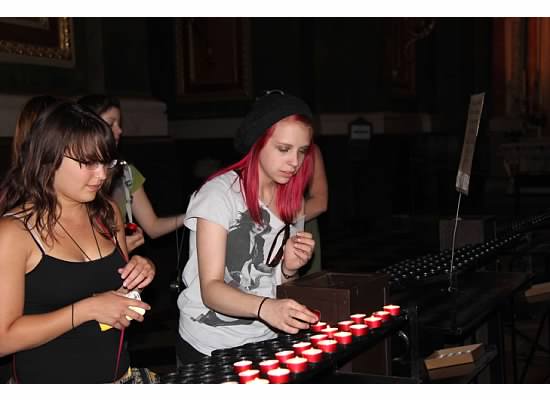
From Allison Major's Journal
Today was amazing! First we had a not so grand breakfast at the hotel and then started driving to the Hungarian parliament in Budapest. We reserved our tickets to get the tour and decided to go to the Balzica (pronounced Bacilica). It’s this enormous Catholic church built it a beautiful gothic style with a giant courtyard in the middle of the city. I’m not a religious person, but Dr. Anna showed s hot people would light and leave candles for a loved one who passed away and I left one for my mom and couldn’t help but feel touched and I couldn’t hold in my tears.
From the Basilica we walked toward the Parlament to get to our tour. On the way we went by the American embassy and found a scalpture of Ronald Regen.
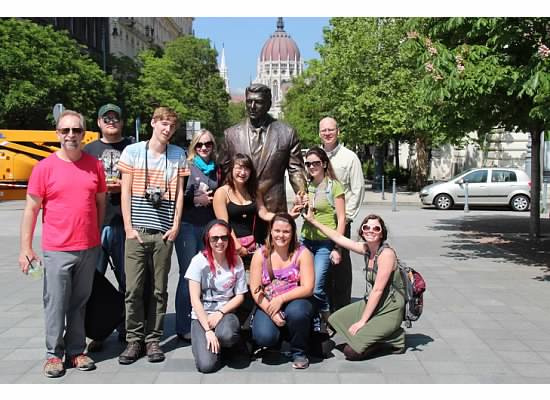
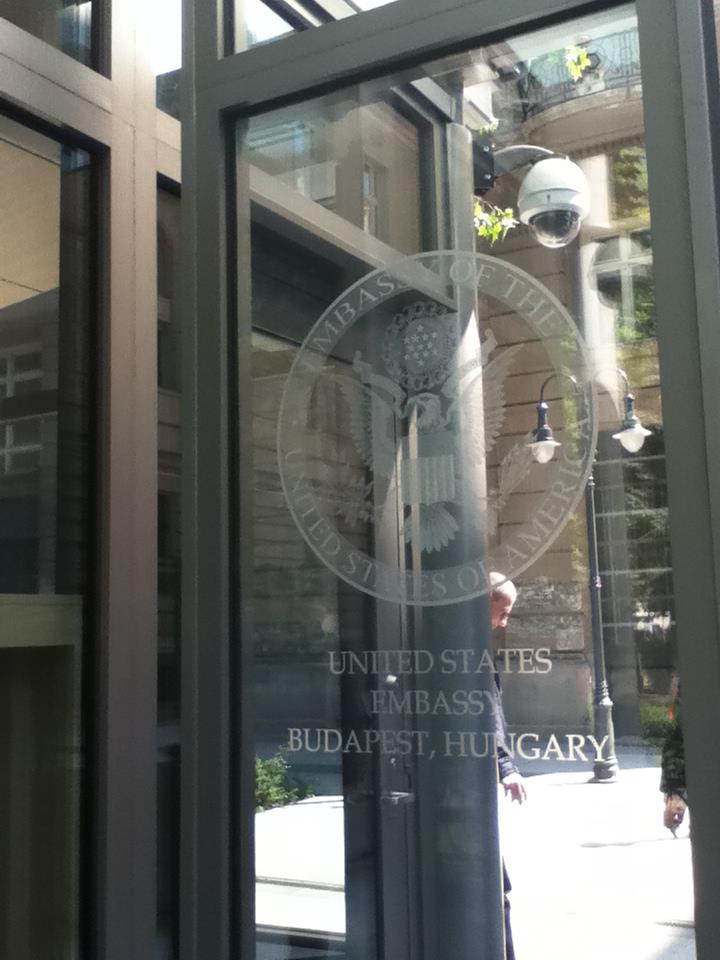
At noon we had a tour of the Hungarian Parliament.
The Parliament building, a magnificent example of Neo-Gothic architecture (although displaying Renaissance and Baroque characters too), is just over 100 years old. In the 1880's an open tender was held for the design of the Parliament building. Construction based on the winning plan began in 1885 and the building was inaugurated on the 1000th anniversary of Hungary in 1896, and fully completed in 1902. Both runner-up designs were also built facing the Parliament building. One is the Museum of Ethnography and the other is the Ministry of Agriculture. The Budapest Parliament building is the third largest Parliament building in the world. It has 691 rooms, 20 kilometers (12,5 miles) of stairs and at 96 meters (315 feet) it is the same height as the Basilica. During the Communist era a large red star was added to the central tower above the dome of the building, but after its downfall, the star was removed. Unfortunately, modern air pollution constantly attacks the porous limestone walls, requiring frequent restoration.
During our tour we saw the main entrance stairs and hall, one of the lobbies, the old House of Lords and the Hungarian Crown Jewels. It was very beautiful.

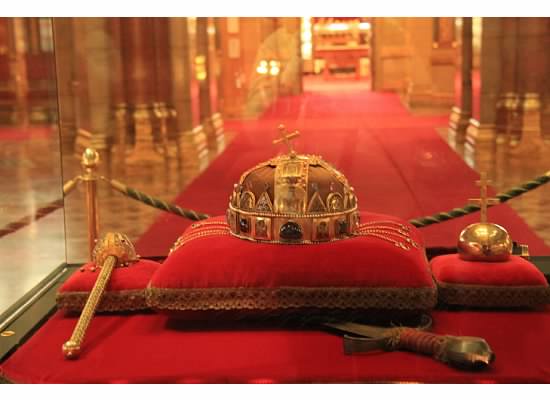
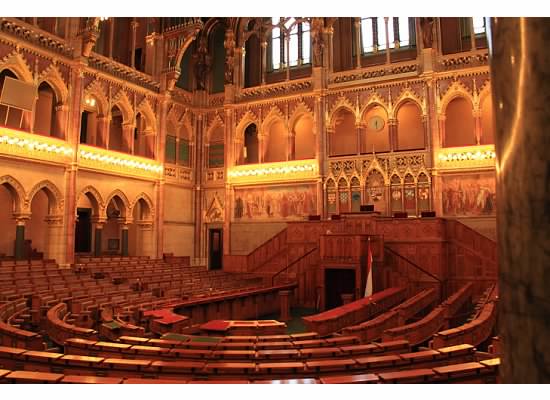
More than 50 kings have worn
the Holy Crown of Hungary also known as the Crown of Saint Stephen, the official
coronation crown. The complete Crown Jewels of Hungary consist of the Holy
Crown, the scepter, the orb, and the mantle. There are different gold-silver
alloys used in the upper and lower half of the crown.The Hungarian Crown Jewels
were lost and stolen numerous times. After World War II, they were transported
to Western Europe and eventually given to the American Army for safekeeping from
the Soviet Union. For much of the Cold War, the Crown Jewels were held at the
United States Bullion Depository (Fort Knox, Kentucky) alongside the bulk of
America's gold reserves. They were eventually returned to Hungary under the
presidency of Jimmy Carter in 1978.
After the tour of the Parliament we took the metro to visit the Budapest City Park.

On the escalator to the metro
City Park (Varosliget) in Budapest is a popular park outside the center of Pest. There are several interesting attractions in the park. The most popular of these is the Vajdahunyad Castle with the associated Jak chapel and the statue of Anonymus.
The Budapest City Park also contains one of the most famous baths, the Szechenyi Medicinal Bath which is a great place to relax and unwind.
Other attractions in City Park include a zoo, and the . However, for tourists it does not stop there for on the western edge of the Park is Heroes's square, which is deservedly famous and well worth a visit.
First we visited the Heroe's square, and after that walked to the Vajdahunyad castle . Took our pictures with Anonymus and in front of the Jak chapel. From there we walked over the the Szecheny spa and looked around. Some of us have tried a really cool fish massage.
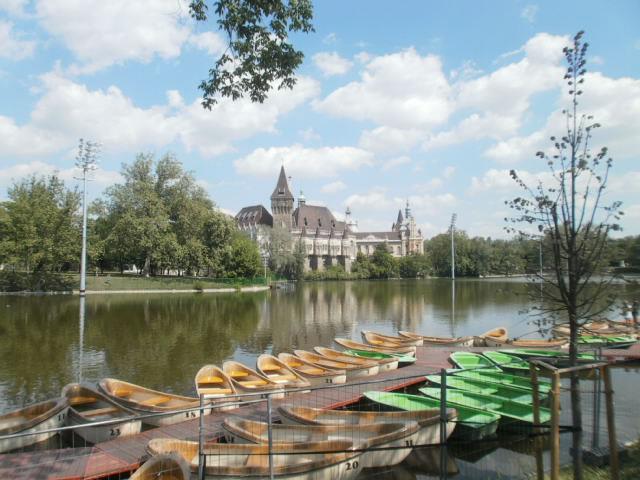
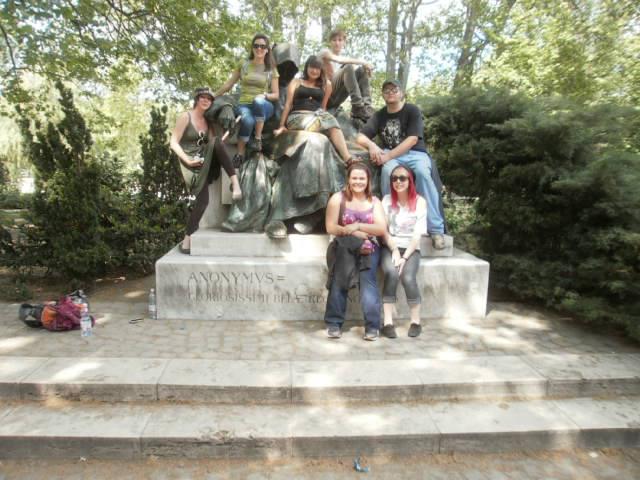
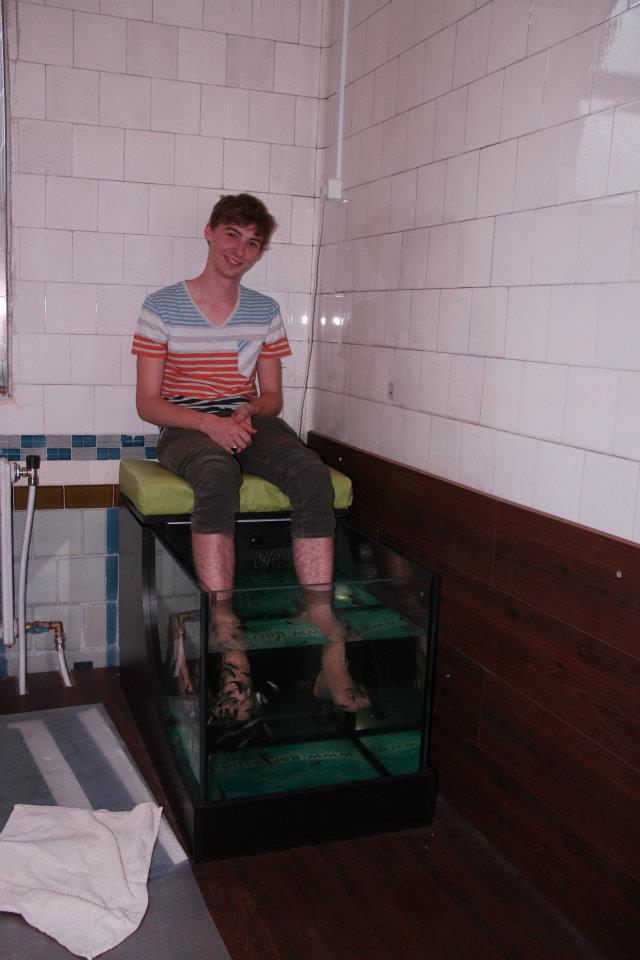
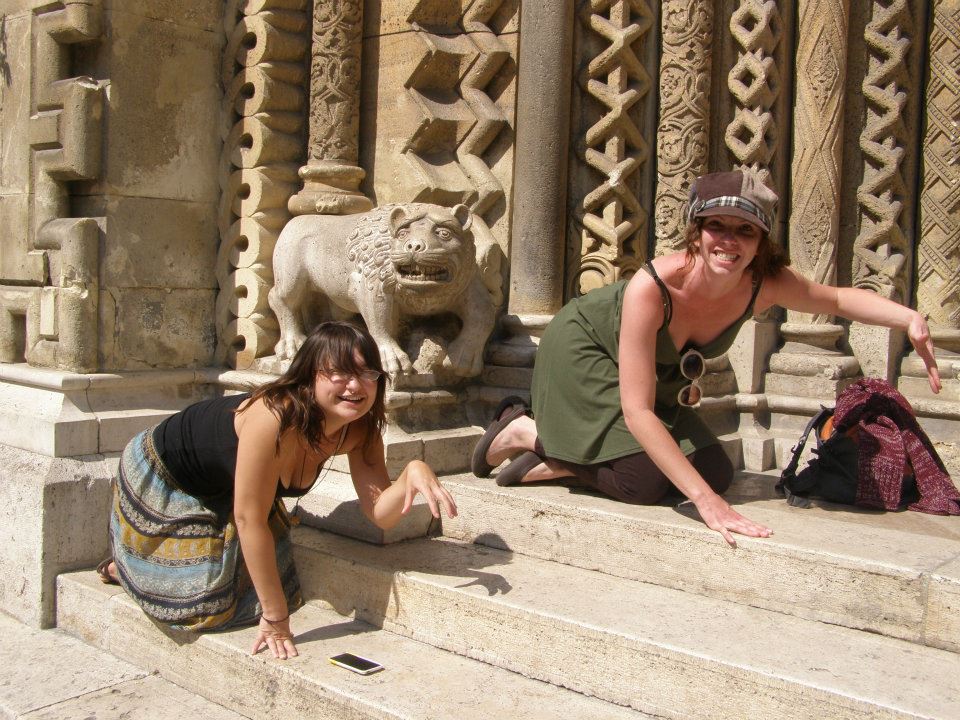
After the City Park we headed up to the Castle hill
which is located on the Buda side of the Danube.
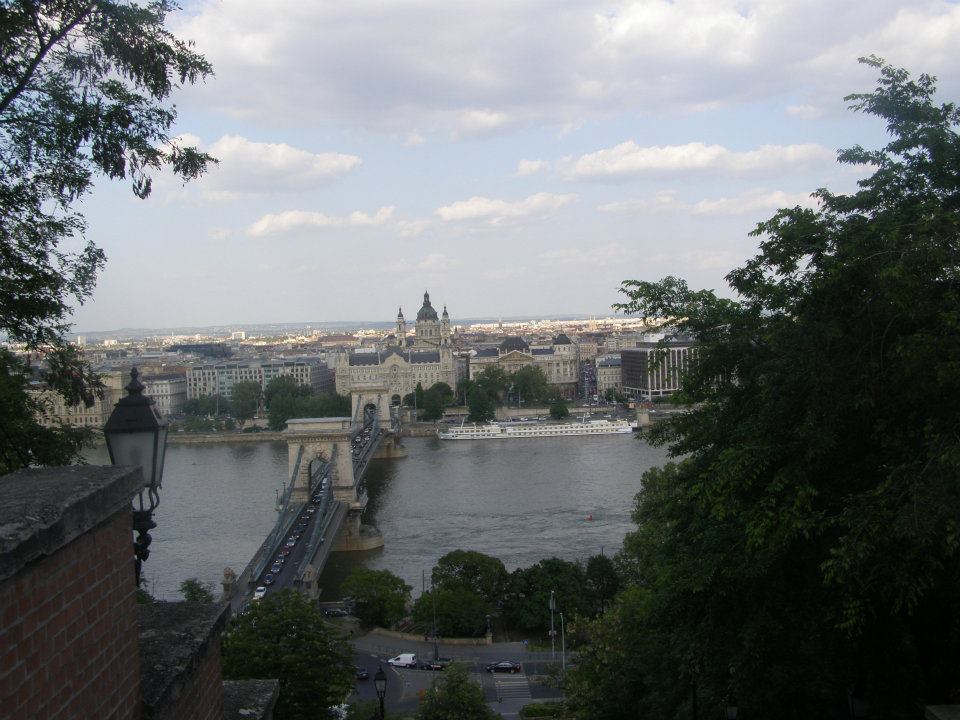
We took the Funiclular to the top of the castle hill, which is really cool cabel car.
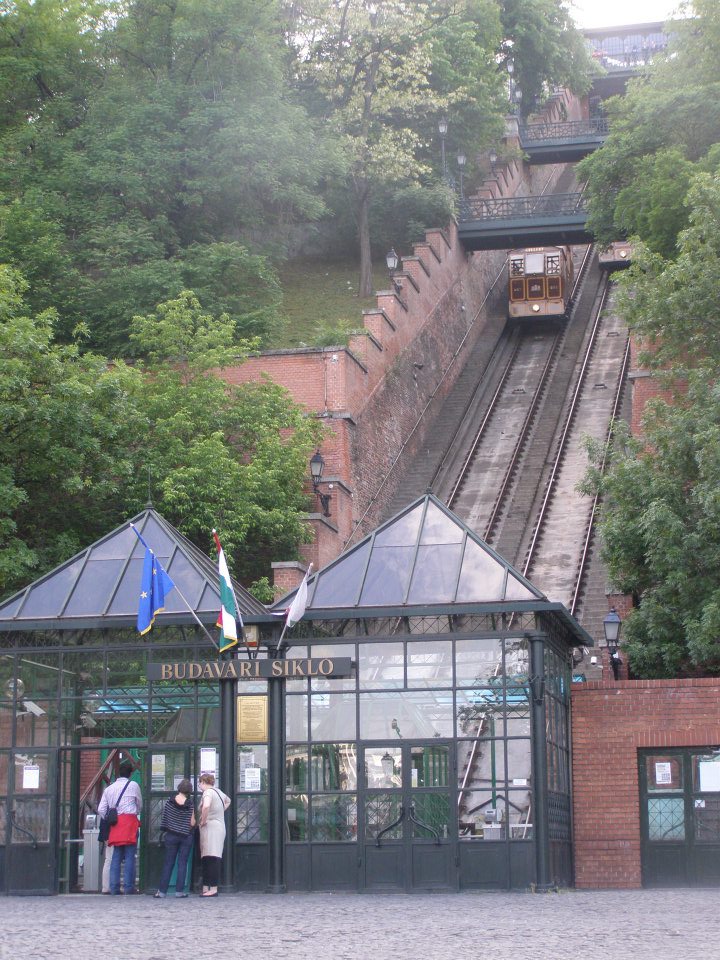
One of the most important historical sight in Budapest is the Mathias church but it was closed. We were very disappointed, so instead we all set down at the Fisherment Bastion and listened to gipsy music drank a couple of beers and watched the sunset over the Danube river.


We had enough walk for a day and had a reservation to a medeval restaurant, so we went to eat dinner.


The Hungarian food is very delicious and rich as American.
After dinner we got the cars and drove up to the Gellert Hill to se the beautiful Budapest night from the Citadella.
The Citadella or fortress was built in 1851 by Haynau a commander of the Habsburg Monarchy and designed by Emánuel Zita and Ferenc Kasselik, after the Hungarian 1848 revolution against the Habsburgs. It occupies almost the entire flat top of the the Grllert Hill. The fortress is a U-shaped structure built about a central courtyard, it is about 220 meters long, 60 meters wide, and 4 meters tall. It had a complement of sixty cannons.
June 1854 Austrian troops settled in the citadel. It was not until late 1899 when the city took possession of the Citadel. A few months later, in 1900, the walls were demolished.
During the 1956 revolution Soviet troops occupied the Citadella.
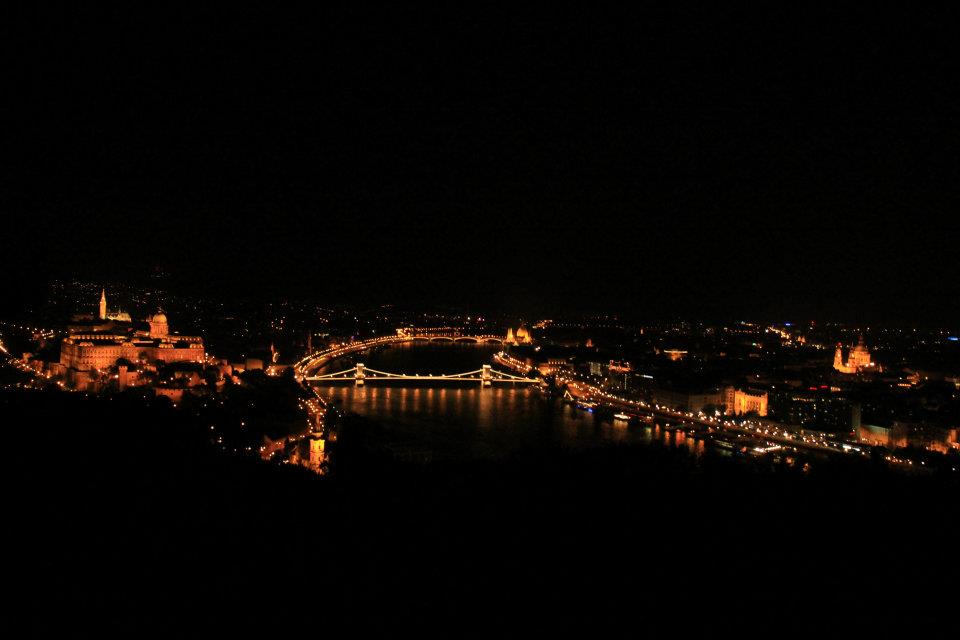
From Allison Major's journal:
we went up to the Citadella to get an
amazing view of the city of Budapest. The Citadella statue was built to
represent their freedom the help from the Russians after World War Two. The
statue was of a women in a long dress holding and enormous feather above her
head. The view was insane, just beautiful. Everything was lit up in the
city, the Parliament and Bazilika were spotlighted and everything just glowed.
We started to compare this view with the Roanoke star laughed for quite a bit.